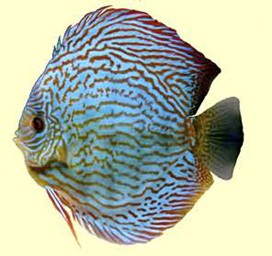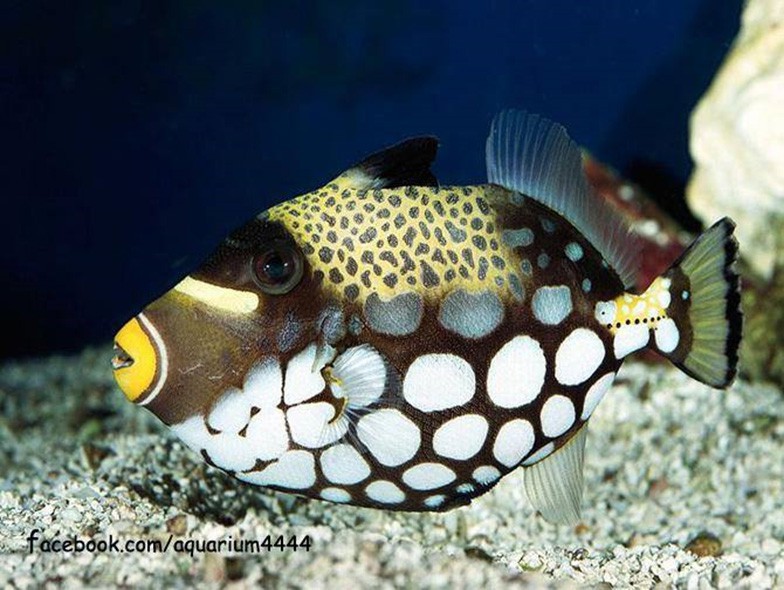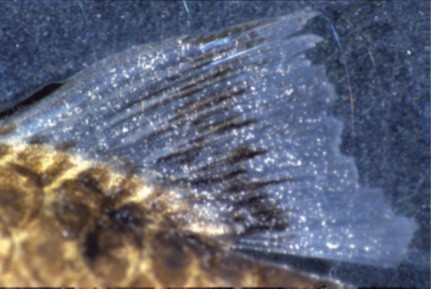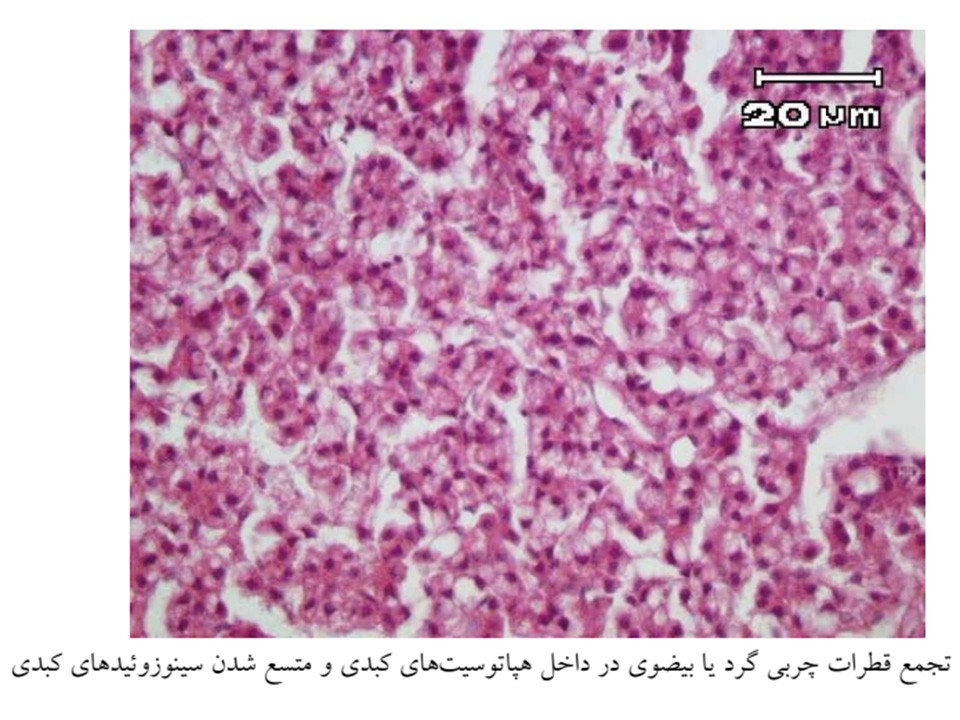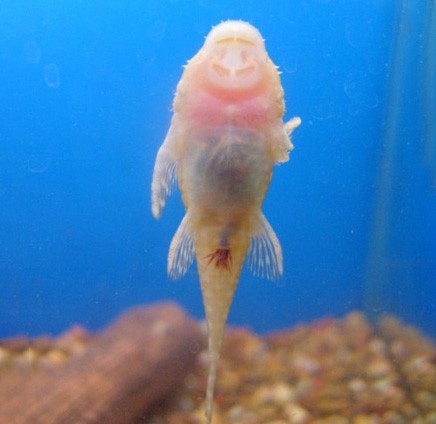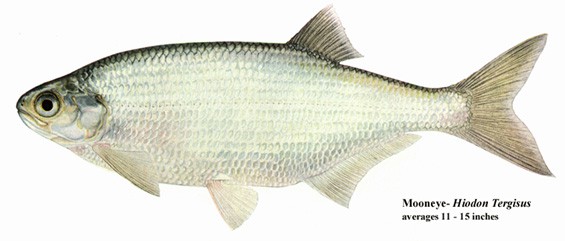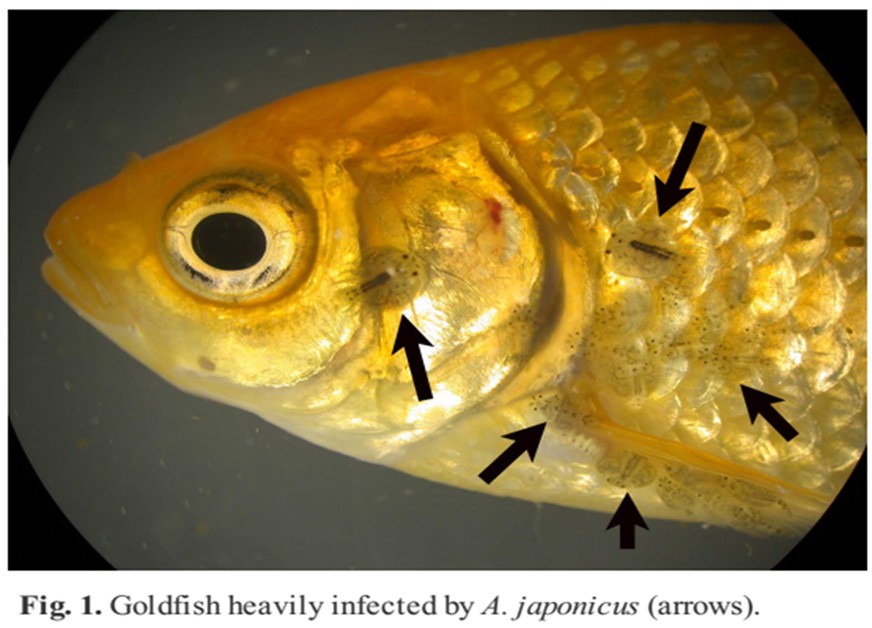Vibrio, Aeromonas, Plesiomonas, & Campylobacter
جهت مشاهده متن کامل مقاله اینجا کلیک کنید
Vibrio, Aeromonas, Plesiomonas, & Campylobacter
Vibrio species
General characteristics
- Gram negative rods with polar, sheathed flagella in broth but peritrichous, unsheathed flagella on solid media
- Rods are “curved” in clinical specimens, but small, straight rods after culture
- Facultatively anaerobic
- Asporogenous
Vibrio species (cont’d)
- Most are oxidase positive and able to reduce nitrates to nitrites
- All are susceptible to vibriostatic compound O/129
- Most exhibit a mucoid “stringing” reaction when colonies mixed with sodium desoxycholate
- Except for V. cholerae and V. mimicus, all are halophilic (salt-loving)
- Some strains can be serotyped
-
Vibrio species can be isolated from a variety of clinical specimens, including feces, wound, and blood
-
Major species are V. cholerae, V. parahaemolyticus, V. vulnificus, and V. alginolyticus
- Recent consumption of raw seafood (especially oysters)
- Recent immigration or foreign travel
- Gastroenteritis with cholera-like or rice-water stools
- Accidental trauma during contact with fresh or marine water
Vibrio cholerae
- cholerae O1 is causative agent of cholera
- Also known as Asiatic cholera or epidemic cholera; particularly prevalent in India and Bangladesh
- Also seen along the Gulf coast of the U.S.
Clinical Infection
- Acute diarrheal disease
- Spread through contaminated water, but also improperly preserved foods, including fish and seafood, milk, ice cream, and unpreserved meat
- “Rice Water” stools
- Caused by cholera toxin or choleragen
- Dehydration is usual cause of death
Vibrio parahaemolyticus
- Second most common Vibrio species involved in gastroenteritis
- “Summer diarrhea” in Japan
- Most cases traced to recent consumption of raw, improperly cooked, or recontaminated seafood, especially oysters
-
Gastrointestinal symptoms are generally self-limiting; watery diarrhea, moderate cramps or vomiting
Vibrio vulnificus
- Found in marine environments along all coasts in the U.S.
- Two categories of infections
- Primary septicemia following consumption of contaminated shellfish, especially raw oysters; patients with liver dysfunction that results in increased levels of iron are predisposed
- Wound infections following traumatic aquatic wound
Aeromonas
- Ubiquitous oxidase-positive, glucose-fermenting, motile, not curved gram-negative rods widely distributed in fresh and salt water environments
- Isolated from produce and meat sources

